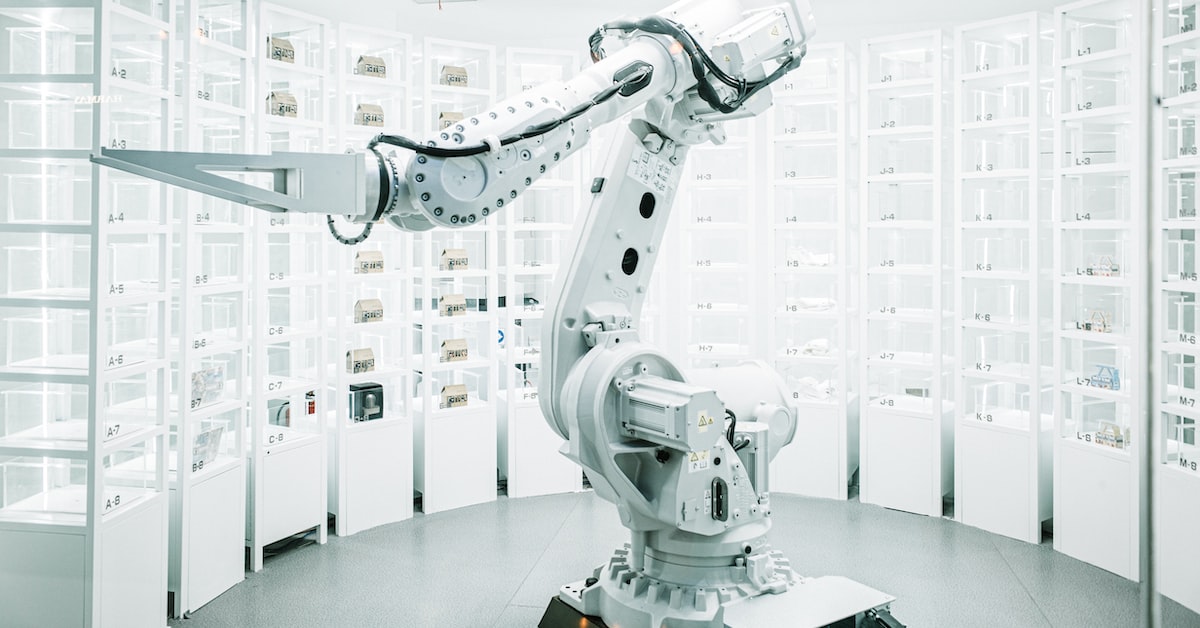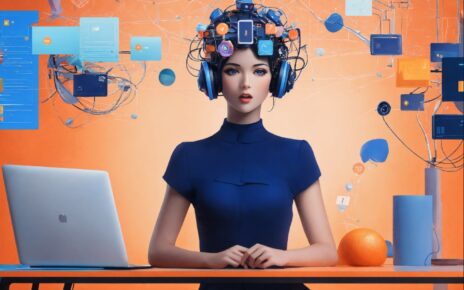The Role of Artificial Intelligence in Cybersecurity
As technology continues to advance at an unprecedented pace, so does the sophistication of cyber threats. In this digital age, businesses and individuals alike are vulnerable to malicious attacks, making cybersecurity more crucial than ever before. Traditional security measures alone are no longer sufficient to combat these evolving threats. Enter artificial intelligence (AI), a groundbreaking technology that has emerged as a powerful tool in the fight against cybercrime. In this article, we will explore the role of AI in cybersecurity, highlighting its capabilities, benefits, and potential challenges.
What is Artificial Intelligence?
Before diving into its role in cybersecurity, let’s briefly understand what artificial intelligence is. AI refers to the development of computer systems that can perform tasks that would typically require human intelligence. These systems learn, reason, and make decisions based on vast amounts of data, enabling them to mimic human cognitive abilities. By leveraging algorithms, machine learning, and deep learning techniques, AI can analyze patterns, detect anomalies, and make predictions with remarkable accuracy.
The Current Cybersecurity Landscape
In today’s interconnected world, cyber threats have become increasingly sophisticated and widespread. From data breaches to ransomware attacks, cybercriminals are constantly finding new ways to exploit vulnerabilities in our digital systems. Traditional security measures, such as firewalls and antivirus software, rely on known patterns and signatures to detect and prevent attacks. However, these methods often fall short when facing novel and adaptive threats.
AI-Powered Threat Detection
This is where AI shines in the realm of cybersecurity. By utilizing machine learning algorithms, AI systems can analyze vast amounts of data in real-time, enabling them to detect and respond to threats more effectively. Unlike traditional approaches, AI can identify anomalies and suspicious patterns that may go unnoticed by human analysts. It can also adapt and learn from new attack vectors, continuously improving its ability to detect and mitigate emerging threats.
Behavioral Analytics
One of the key strengths of AI in cybersecurity is its ability to perform behavioral analytics. By analyzing user behavior and network activity, AI algorithms can establish a baseline of “normal” behavior. Any deviations from this baseline can then be flagged as potential threats. For example, if an employee suddenly starts accessing sensitive files outside of their usual working hours, an AI-powered system can recognize this as an anomaly and trigger an alert. This proactive approach allows organizations to respond swiftly and prevent potential security breaches.
Advanced Threat Hunting
In addition to detecting known patterns and anomalies, AI can also aid in advanced threat hunting. Cybersecurity professionals can use AI-powered tools to search for indicators of compromise (IOCs) across vast amounts of data. These tools can analyze network logs, system logs, and other relevant information to identify signs of malicious activity. By automating this process, AI saves time and resources, allowing security teams to focus on investigating and mitigating potential threats.
AI in Incident Response
When a security incident occurs, swift and effective response is critical to minimizing damage and recovering quickly. AI can play a vital role in incident response by automating certain tasks and providing real-time insights. For instance, AI-powered systems can automatically quarantine infected devices, isolate compromised networks, and gather forensic evidence for further analysis. By reducing the response time and providing actionable intelligence, AI enhances the efficiency of incident response teams.
The Benefits of AI in Cybersecurity
Now that we have explored some of the ways AI is applied in cybersecurity, let’s delve into the benefits it brings to the table.
Enhanced Threat Detection and Prevention
AI’s ability to analyze large volumes of data and detect patterns in real-time significantly enhances threat detection and prevention capabilities. By identifying potential threats at an early stage, organizations can proactively strengthen their security measures and prevent cyber attacks before they cause significant damage.
Reduced Response Time
With AI-powered automation, incident response time can be greatly reduced. Automated systems can rapidly identify, contain, and mitigate threats, allowing security teams to focus on higher-level tasks that require human intervention. This not only minimizes the impact of security incidents but also saves valuable time and resources.
Scalability and Adaptability
AI systems can handle vast amounts of data and adapt to evolving threats. As the cybersecurity landscape continues to evolve, AI can learn from new attack patterns and update its algorithms to better defend against emerging threats. This scalability and adaptability make AI an invaluable asset in an ever-changing threat landscape.
Challenges and Considerations
While AI holds great promise in cybersecurity, there are also challenges and considerations that need to be addressed.
Data Privacy and Bias
AI algorithms rely on vast amounts of data to learn and make accurate predictions. However, this raises concerns about data privacy and the potential for algorithmic bias. Organizations must ensure that the data used to train AI models is ethically sourced and representative of diverse populations to avoid perpetuating biases or compromising privacy.
Adversarial Attacks
Adversarial attacks involve intentionally manipulating AI systems to produce incorrect or misleading results. Cybercriminals can exploit vulnerabilities in AI algorithms, tricking them into misclassifying data or evading detection. Ongoing research and development are essential to stay one step ahead of these adversarial techniques and strengthen AI systems’ resilience.
Human Oversight and Explainability
While AI can automate many cybersecurity tasks, human oversight remains crucial. Humans can provide context, ethical judgment, and decision-making capabilities that AI lacks. Furthermore, the explainability of AI algorithms is vital in building trust and understanding. Organizations must ensure that AI systems are transparent, allowing humans to comprehend their decision-making processes.
Artificial intelligence has become an indispensable ally in the fight against cyber threats. Its ability to analyze vast amounts of data, detect anomalies, and automate tasks has revolutionized the field of cybersecurity. By harnessing the power of AI, organizations can strengthen their defense mechanisms, detect threats more effectively, and respond swiftly to security incidents. However, it is important to address the challenges associated with AI, such as data privacy, adversarial attacks, and the need for human oversight. By doing so, we can fully leverage the potential of AI and ensure a safer digital future for businesses and individuals alike.




